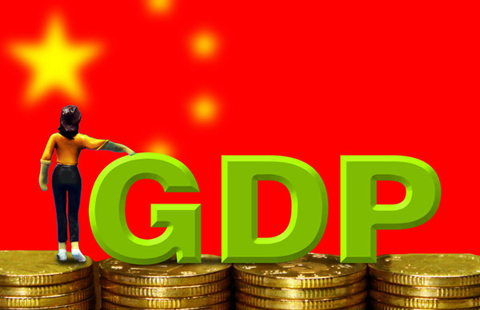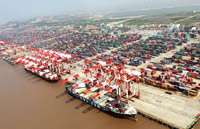Heavy industry hub targets slower economy growth
(Xinhua) Updated: 2015-01-29 09:57"The slower growth was seemingly caused by lower market demand and weaker investment, but substantially, it was in fact an outbreak for unbalanced industrial and economic structure," said governor Wang Xi of Liaoning province.
Wang Li, chairman of the Liaoning Beipiao Coal Corporation Ltd, said rapid economic growth over the past years led to serious overcapacity in sectors of steel, coal, electricity and coke. As many as 100 coal mines were forced to shut down last year in the city of Beipiao alone.
"We have to seek transformation and find a way of innovation if we want to survive," Wang said.
Experts believe the slower economic growth faced by the northeastern region is a manifestation for the entire country, which is facing a "new normal" status for the economic development.
Instead of this "old normal" economic growth featuring high speed and excessive reliance on investment, export and resources, the world's second largest economy is striving to shift gears to adapt to the "new normal" of slower speed, higher quality and more innovation.
"The year of 2015 is a critical year for China's comprehensively deepening reform, and local governments should lower their economy growth target to leave space for structural transformation and further reform," said Qi Yingfei, a professor on economics with the Dongbei University of Finance and Economics.
- China turns to rail , nuclear to energize exports
- LeTV to sell smartphones in China
- China's rare earth groups to accelerate restructuring
- China's dependency on foreign oil nears 60% in 2014
- China can achieve 7% growth in 2015
- Post-doctor quits math study and sells beef noodles online
- China's VAT reform cuts revenue by 192b yuan
- China's port project in Greece not affected by privatization reversal

















